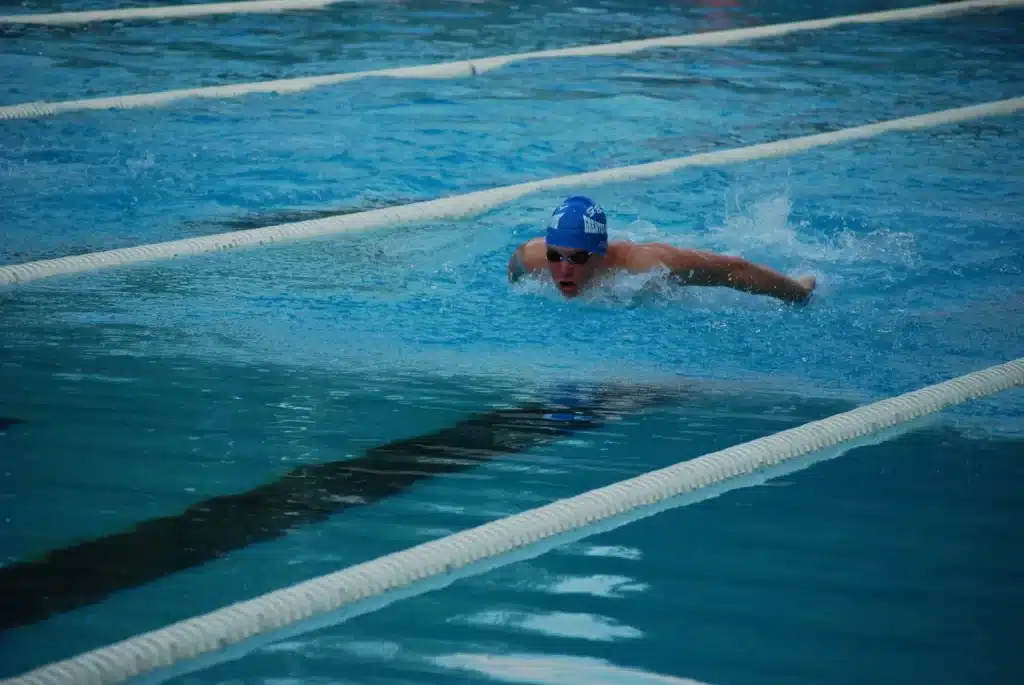Should You Keep Training When You Have a Swimming Injury?

Alex grew up as a competitive swimmer, swimming at various club teams in the Baltimore area and eventually swimming at the division 1 collegiate level. After graduating, Alex started to race in various running races and triathlons. After numerous injuries, Alex developed a passion for working with endurance athletes as a physical therapist and a coach. He not only helps them return to their sport but also enhances their performance.
Archives
- October 2024
- March 2024
- February 2024
- January 2024
- October 2023
- September 2023
- April 2023
- December 2022
- November 2022
- October 2022
- August 2022
- July 2022
- June 2022
- May 2022
- March 2022
- January 2022
- April 2021
- February 2021
- January 2021
- September 2020
- August 2020
- July 2020
- June 2020
- April 2020
- January 2020
- September 2019
- June 2019
- May 2019
Categories
Tagged Exercise, Injury, Swimmer's shoulder, Swimming, training
